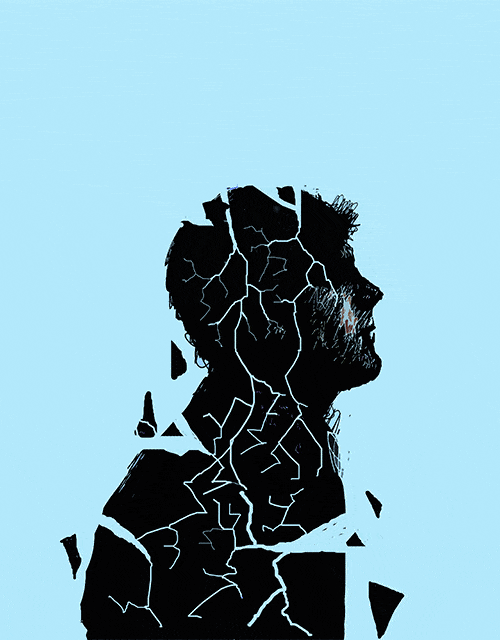You’ve heard the story
before: A friend works 60 hours a week completing project after project, with
no end in sight — and suddenly she “snaps.” She stops taking care of herself,
avoids social events, and can’t handle the tasks of everyday life.
In other words, she has a
mental breakdown.
It’s what “happens when a
person is experiencing really significant distress or real functional
impairment,” says psychologist J. Ryan Fuller, PhD, the clinical director of New York
Behavioral Health.
And while the term “mental
breakdown” is often used to describe this sort of scenario, it’s actually “an
anxiety disorder, adjustment disorder, or mood disorder that’s triggered by a
major life transition such as job-related stress or a traumatic event,” Fuller
tells Yahoo Health.
Symptoms of a breakdown
can vary from person to person.
Sometimes there’s a panic
attack, or strong feelings of guilt, hopelessness, or confusion.
Others see hallucinations
or spirits, David S. Ullmann, PsyD, a licensed clinical psychologist based in
New York City, tells Yahoo Health.
In some cases, a person in
distress is no longer able to function at work or home, or take care of basic
needs like eating or maintaining hygiene, he says. It may lead to depression or
thoughts of suicide.
Mental breakdowns are
often brief, and can be treated through meetings with a cognitive behavioral
therapist.
Natural resiliencies kick
in and the person can go back to work, or interacting with their family and
friends as they did before.
But when the crisis is
severe and creates a safety risk for the distressed or those around him or her,
a daily psychiatric program or psychiatric hospitalization may be recommended.

No comments:
Post a Comment